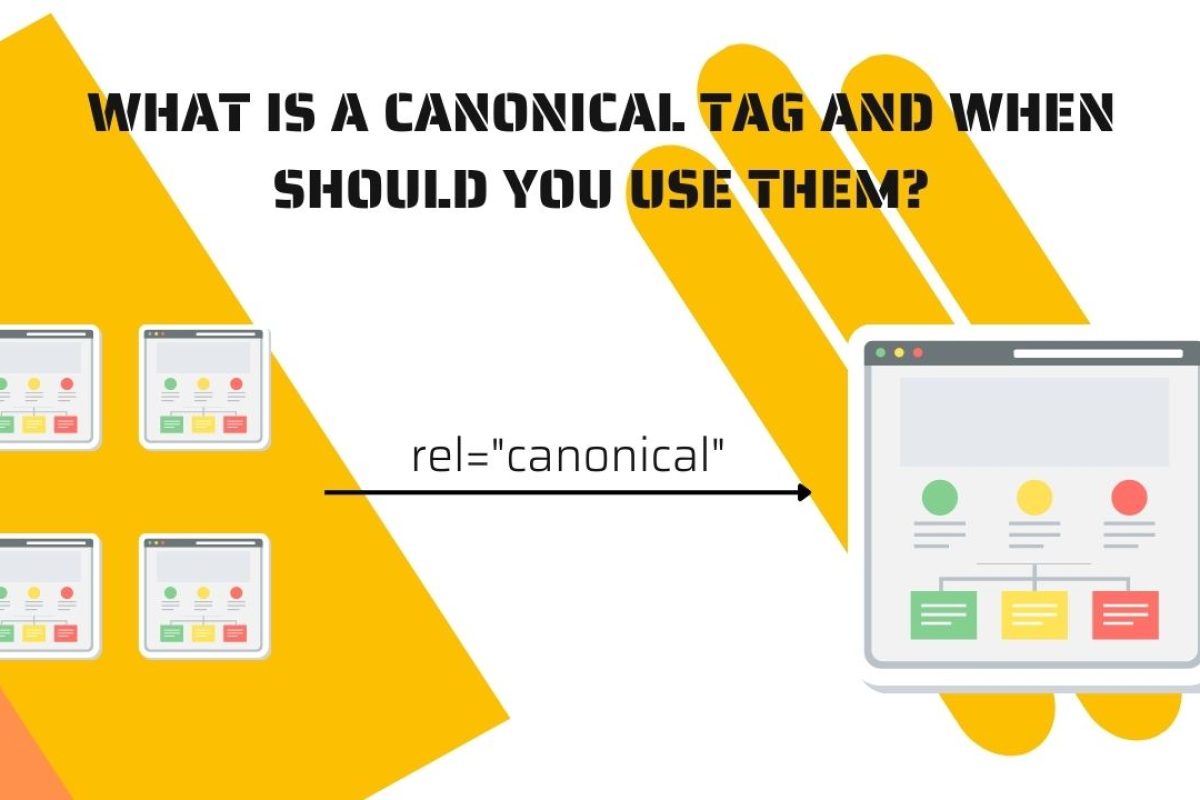The canonical tag is a crucial aspect of search engine optimization (SEO) that helps webmasters avoid duplicate content issues. The canonical tag is a simple piece of HTML code that tells search engines which version of a webpage is the preferred or canonical version. In this blog post, we will discuss what a canonical tag is and when it should be used to canonicalize a page.

What is a Canonical Tag?
A canonical tag is an HTML element that is added to a webpage’s head section. Its purpose is to indicate to search engines which version of a webpage should be indexed and displayed in search engine results pages (SERPs) when there are multiple versions of the same page available on the internet. This tag helps webmasters avoid duplicate content issues, which can harm a website’s SEO.
Duplicate content occurs when search engines index multiple versions of the same page, which can cause confusion and dilution of page ranking signals. When search engines encounter multiple versions of the same content, they have to decide which version to index and display in their search results. This can result in lower rankings and reduced visibility for the affected pages.
Canonical tags solve this problem by specifying which version of a webpage is the preferred or canonical version. By adding a canonical tag to the preferred version of the page, webmasters can signal to search engines that this is the version that should be indexed and displayed in search results. This ensures that the website’s SEO is not negatively impacted by duplicate content issues.
Why are canonical tags important for SEO?
Canonical tags are important for SEO because they help search engines understand which version of a webpage is the preferred or canonical version. When a website has multiple versions of the same page, it can lead to duplicate content issues, which can negatively impact the website’s SEO.
When to Use a Canonical Tag to Canonicalize a Page?
A canonical tag should be used to canonicalize a page when there are multiple versions of the same page available on the internet. Duplicate content can arise due to several reasons, such as having multiple versions of the same page with different URLs, using session IDs in URLs, or having print versions of pages.
In such cases, a canonical tag should be used to indicate to search engines which version of the page should be indexed and displayed in SERPs. The preferred version should have a canonical tag that points to itself. For example, if a webpage has multiple URLs such as http://example.com/page1 and http://example.com/page1?source=organic, then the canonical tag should be added to the preferred version (http://example.com/page1) and should point to itself.
A canonical tag is an essential HTML element that helps webmasters avoid duplicate content issues and improves a website’s SEO. It should be used to canonicalize a page when there are multiple versions of the same page available on the internet. By using a canonical tag correctly, webmasters can ensure that search engines index and display the preferred version of a page, improving its visibility and traffic.







